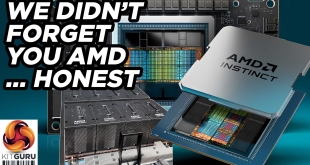Of course it's lasers right? I mean what other technology would you use in space. It's not for shooting enemy ships though, but for communication, offering some serious bandwidth across the cosmos, vastly improving on old space-based data transmission technology.
Known as the Lunar Laser Communications Demonstration (LLCD), this project was designed to offer space-craft and astronauts the ability to communicate at high speed, with much higher bandwidth. Until now, radio waves have been used to send messages through space and while accurate, they make for a poor transmission of data for photographs or video. The new LLCD has so far demonstrated the ability to communicate at 662Mb per second (more than five times faster than previous techniques), which easily rivals some of the world's most impressive fibre connections.
Upload rate, as you might expect with traditional data transfer, is much poorer at just 20 Mbps, but considering commands and voice communication are the most common data being sent out to space craft, this shouldn't be much of a problem.

As detailed as its space images can now be, you'd think NASA would release higher-resolution infographics
To prove this technology worked however, NASA needed a test subject, so along with the development of a ground based transmission system at the European Space Agency's La Teide Observatory in Tenerife, Spain, NASA developed a module to sit onboard its Lunar Atmosphere and Dust Environment Explorer (LADEE). LADEE was launched in early September and sent towards the moon in order to record details of its lunar atmosphere and the environmental impact of space on lunar dust.
However, the added module, known as the Lunar Laser Space Terminal (LLST), is equipped with this new laser based communication system and uses near-infrared photons to send that data back to earth – doing so with speed and accuracy. Thanks to the much smaller wavelengths of laser, the receiving equipment can be far smaller and therefore much lighter. This could make for big weight savings in future spacecraft and therefore big energy efficiency and cost improvements too.
“LLCD is the first step on our roadmap toward building the next generation of space communication capability,” said Badri Younes, NASA's deputy associate administrator for space communications and navigation (SCaN) in Washington. “We are encouraged by the results of the demonstration to this point, and we are confident we are on the right path to introduce this new capability into operational service soon.”
KitGuru Says: As much as NASA loves its acronyms, it loves sending pictures from the far reaches of space even more. With this sort of technology, it should mean the next-generation of rovers and space craft can send back high-definition video as well as huge pictures. It's going to make for some exciting developments.
 KitGuru KitGuru.net – Tech News | Hardware News | Hardware Reviews | IOS | Mobile | Gaming | Graphics Cards
KitGuru KitGuru.net – Tech News | Hardware News | Hardware Reviews | IOS | Mobile | Gaming | Graphics Cards


